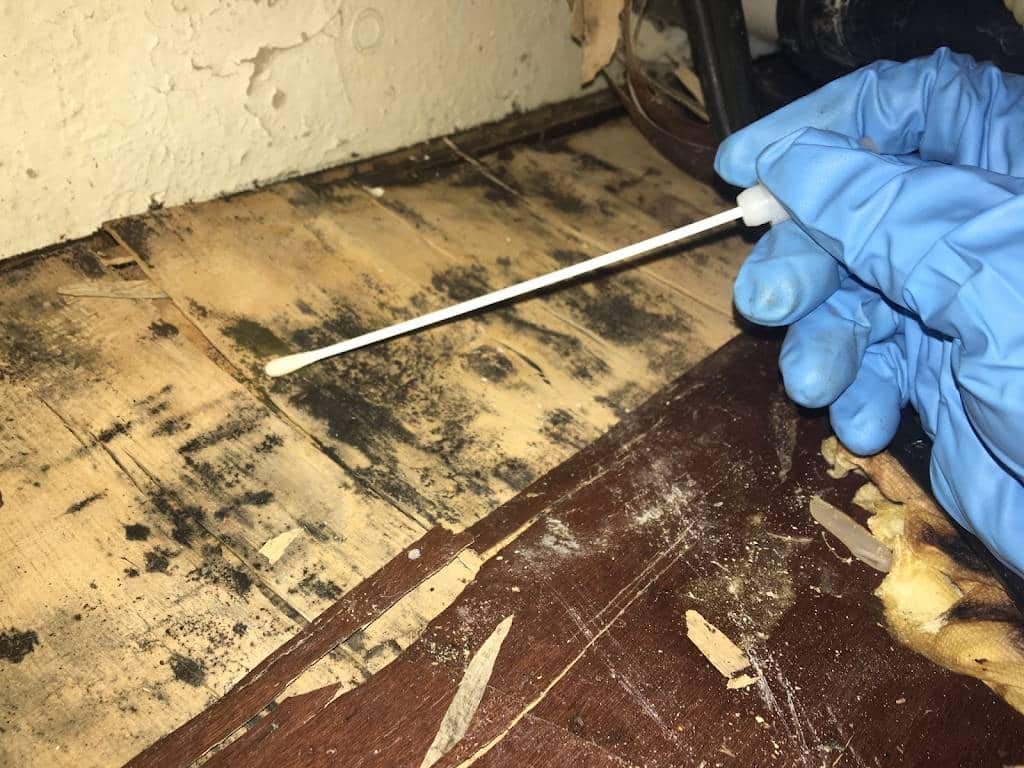Necessary Steps After Mold Remediation
Necessary Steps After Mold Remediation
Blog Article
Your Ultimate Guide to Message Mold Removal Techniques
Navigating the world of post-mold removal techniques is a thorough process that demands interest to information and a thorough understanding of the details entailed. In the aftermath of mold and mildew problem, recognizing how to efficiently eliminate the mold and prevent its reoccurrence is paramount for maintaining a healthy interior atmosphere. From picking the appropriate cleaning and decontaminating methods to implementing methods for long-lasting mold avoidance, each action in the remediation trip plays a critical duty in ensuring a successful end result. As we begin on this expedition of post-mold removal strategies, we will reveal the key approaches and best techniques that can assist you restore your room to its pre-mold condition and protect it versus future mold and mildew risks.
Comprehending Post-Mold Removal Refine
After completing the mold remediation process, it is important to comprehend the post-mold remediation techniques that are essential to make sure a reliable and extensive clean-up. As soon as the mold has been gotten rid of, the next step involves cleansing and decontaminating the affected locations to stop any kind of regrowth of mold and mildew. This includes using specialized cleaning agents to clean down surfaces and kill any type of staying mold spores. It is important to dry out the location totally to dissuade the development of mold in the future (After mold remediation). Correct ventilation and dehumidification can help in this procedure.
Furthermore, conducting a last inspection post-remediation is crucial to ensure that all mold and mildew has been effectively gotten rid of. This examination must entail an extensive visual check along with possibly air tasting to confirm the lack of mold spores airborne. Extra removal might be necessary if the inspection reveals any type of remaining mold. Last but not least, educating owners on safety nets such as managing wetness degrees and promptly resolving any kind of water leakages can aid maintain a mold-free setting.
Effective Cleansing and Sanitizing Techniques

Protecting Against Future Mold Growth

Relevance of Appropriate Air Flow
Correct ventilation plays an essential role in protecting against dampness buildup, a key consider mold and mildew growth within indoor settings. Reliable air flow systems help get rid of excess humidity from the air, decreasing the possibilities of mold spores locating the moisture they need go to spread and germinate. Without adequate ventilation, interior spaces can come to be a breeding place for mold and mildew, resulting in potential wellness risks and structural damages.
By guaranteeing appropriate air blood circulation, ventilation systems can additionally assist in drying damp areas much more promptly after water damage or flooding occurrences, even more deterring mold and mildew growth. After mold remediation. In areas like shower rooms, attics, kitchen areas, and basements where moisture degrees tend to be greater, installing and preserving reliable air flow systems is crucial in protecting against mold and mildew invasions

Surveillance and Maintenance Tips
Given the essential duty that proper air flow plays in preventing mold and mildew development, it is necessary to establish effective surveillance and maintenance tips to make certain the continued performance of air flow systems. Normal inspections of ventilation systems need to be carried out to inspect for any indicators of obstructions, leaks, or malfunctions that can restrain proper air click for info movement. Tracking moisture degrees within the building is additionally essential, as high moisture can add to mold and mildew development. Installing a hygrometer can aid track moisture levels and alert home owners to any type of spikes that might require interest. Additionally, making sure that air filters are frequently cleaned or replaced is necessary for maintaining the efficiency of the air flow system. Applying a routine for routine maintenance tasks, such as duct cleaning and a/c system assessments, can assist stop problems prior to they intensify. By remaining positive and mindful to the condition of ventilation systems, property owners can properly alleviate the danger of mold regrowth and maintain a healthy and balanced indoor environment.
Verdict
In verdict, post-mold removal strategies are important for guaranteeing a safe and clean setting. Recognizing the procedure, implementing recommended you read efficient cleansing and sanitizing techniques, stopping future mold and mildew development, preserving appropriate ventilation, and normal surveillance are all crucial actions in the remediation process. By complying with these guidelines, you can effectively remove mold and mildew and stop its return, functioning or promoting a healthy living area for all residents.
In the results of mold infestation, knowing exactly how to effectively eradicate the mold and avoid its reoccurrence is critical for maintaining a healthy and balanced indoor setting. As soon as the mold has been eliminated, the next step includes cleaning and disinfecting the influenced locations to avoid any kind of regrowth of mold - Post Remediation Inspection near me. After removing noticeable mold growth, it is essential to clean up all surface areas in the damaged area to remove any type of remaining mold and mildew spores. To even more enhance mold and mildew avoidance measures, it is necessary to attend to underlying issues that initially led to mold and mildew development.Given the vital role that proper air flow plays in stopping mold and mildew development, it is essential to establish effective monitoring and maintenance ideas to make certain the ongoing performance of air flow systems
Report this page